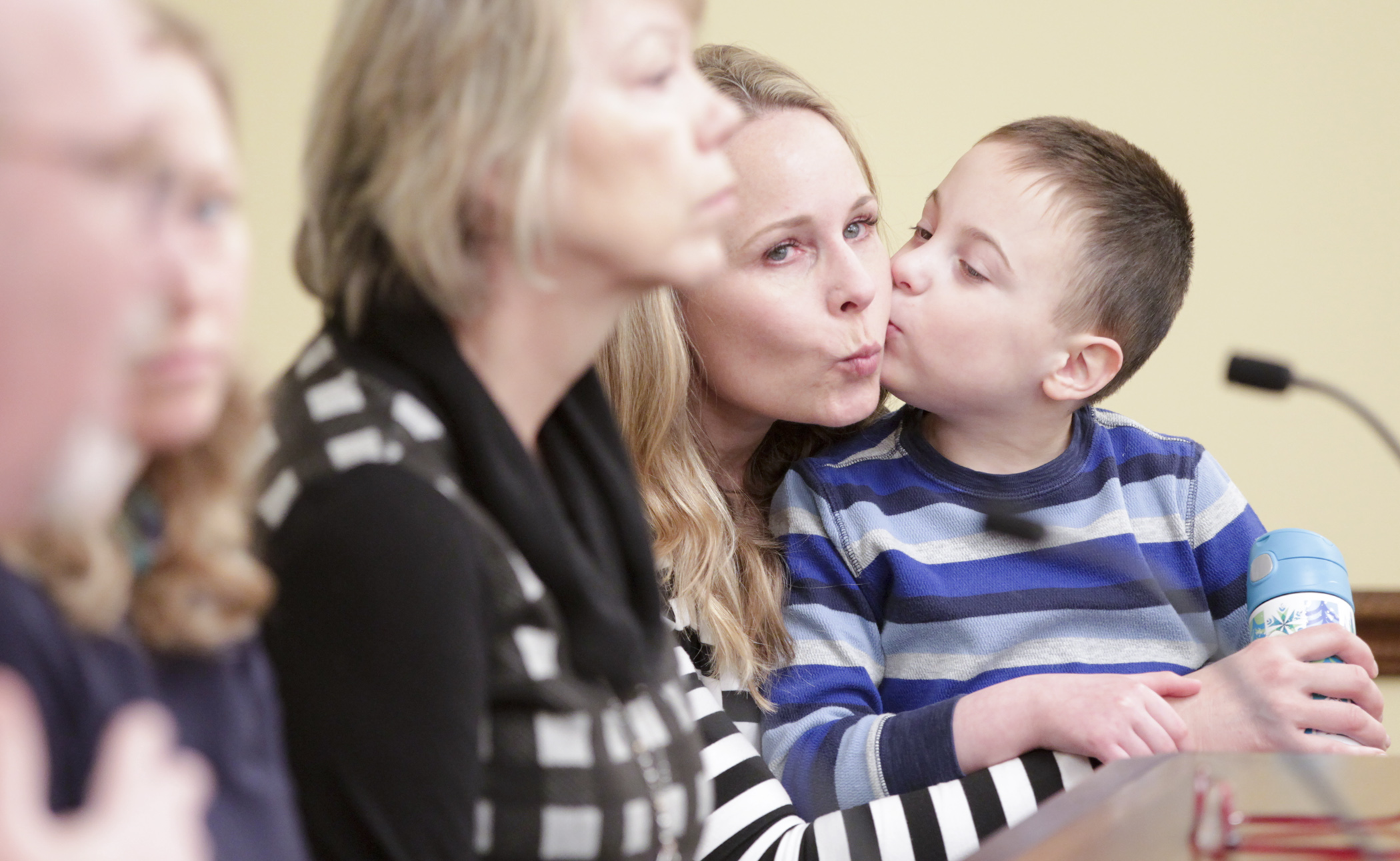Committee considers increased eligibility for school-age care programs

About half of the state’s school districts offer “school-age care” or enrichment programs delivered before or after school for kids in kindergarten through grade six.
While not special education in nature, Rep. Heather Edelson (DFL-Edina) said the programs offer a variety of social and educational benefits for all students, especially for kids with special needs.
Looking to expand program eligibility to students of all ages, HF768, sponsored by Edelson, would increase the participation age limit to include students in grades seven through 12.
“A child with a disability, after sixth grade, it doesn’t go away,” she said. “It’s not magically going away, so we need to make sure we’re serving the populations and allowing our districts to serve the populations that they need to serve.”
The bill was approved by the House Education Policy Committee Friday and now heads to the House Ways and Means Committee. The companion, SF920, awaits action by the Senate E-12 Finance and Policy Committee. Sen. Steve Cwodzinski (DFL-Eden Prairie) is the sponsor.
The program is funded through school-age care levies, participant fees and, in the case of low property wealth districts, equalization aid. The levies are used to cover the cost of providing ancillary services necessary to accommodate kids with disabilities.
The proposal would allow districts to use the existing school-age care levy revenue for students of all grades, said Jeff Jorgensen, director of support services at Edina Public Schools.
“These are opportunities for a student to participate in just like their regular, non-disabled peers, and right now we’re limiting their access to those programs,” he said. “We’re asking for flexibility in the application of funds that are already there.”
Rep. Cal Bahr (R-East Bethel) noted the proposal would significantly increase the amount of equalization aid appropriated to low property wealth school districts, and asked about the fiscal impact.
House nonpartisan research staff said they’re waiting on a fiscal note, but anticipated that the equalization aid could increase from less than $1,000 in Fiscal Year 2019, to possibly $4 million. Higher-wealth schools would continue to use the school-age care levy to cover the full cost of the program, which totaled $17.2 million statewide in Fiscal Year 2019.
Rep. Robert Bierman (DFL-Apple Valley) supports the proposal and particularly liked the flexibility it provides districts.
“It think it’s a great bill, I like the local ability of schools to decide how to spend those funds,” he said.
Related Articles
Search Session Daily
Advanced Search OptionsPriority Dailies
Ways and Means Committee OKs proposed $512 million supplemental budget on party-line vote
By Mike Cook Meeting more needs or fiscal irresponsibility is one way to sum up the differences among the two parties on a supplemental spending package a year after a $72 billion state budg...
Meeting more needs or fiscal irresponsibility is one way to sum up the differences among the two parties on a supplemental spending package a year after a $72 billion state budg...
Minnesota’s projected budget surplus balloons to $3.7 billion, but fiscal pressure still looms
By Rob Hubbard Just as Minnesota has experienced a warmer winter than usual, so has the state’s budget outlook warmed over the past few months.
On Thursday, Minnesota Management and Budget...
Just as Minnesota has experienced a warmer winter than usual, so has the state’s budget outlook warmed over the past few months.
On Thursday, Minnesota Management and Budget...